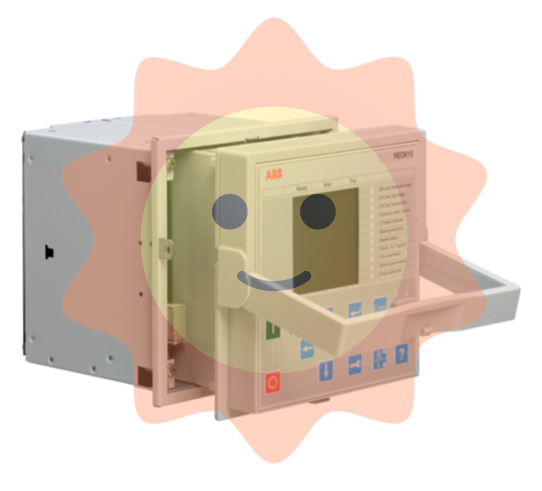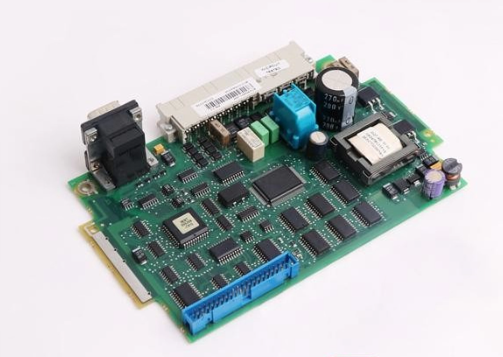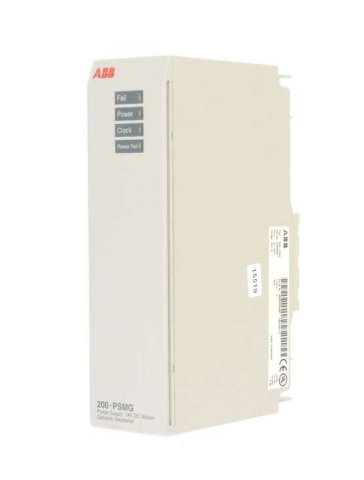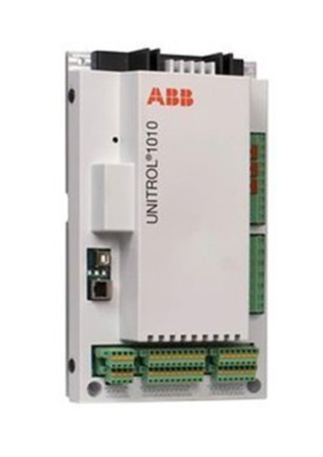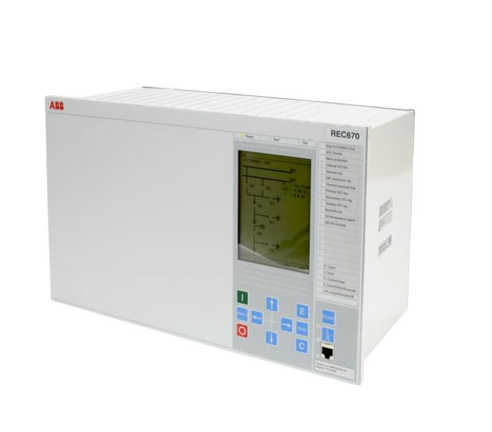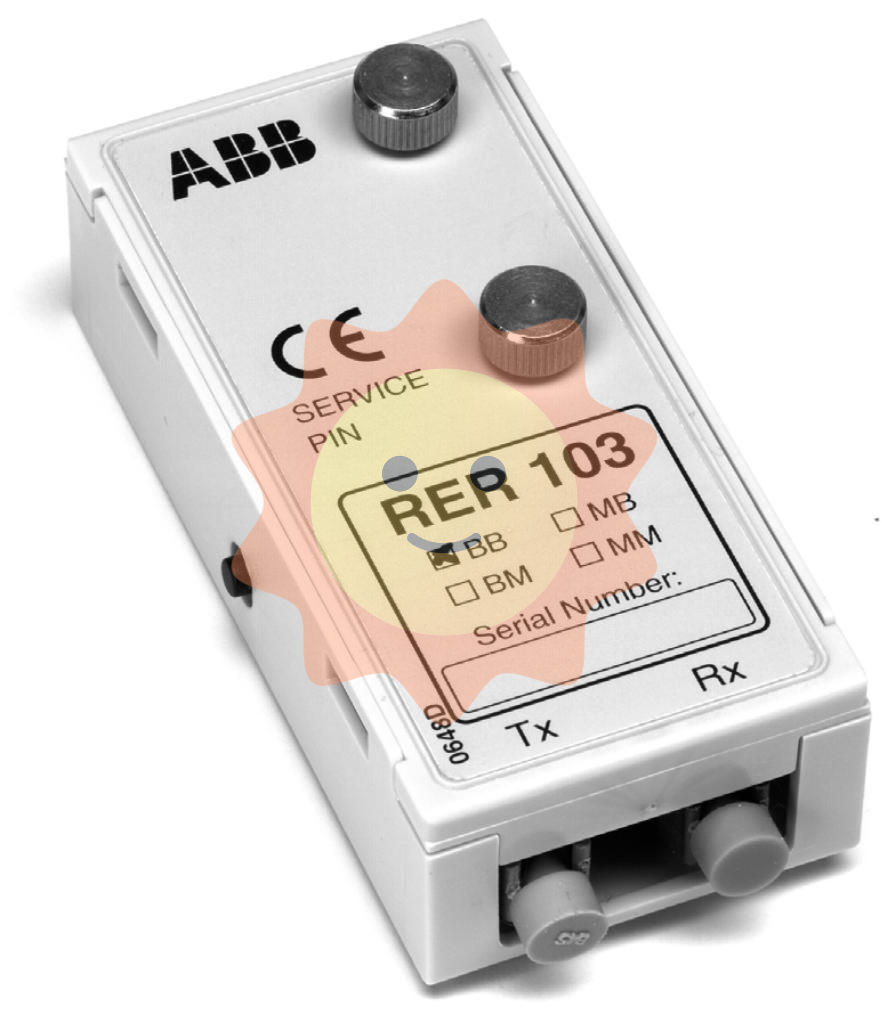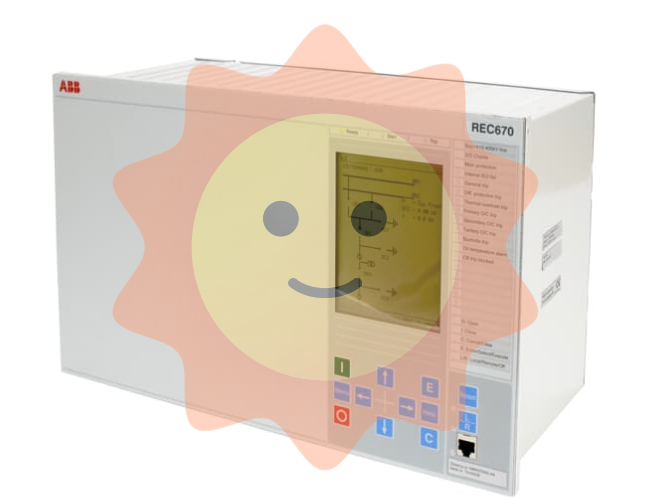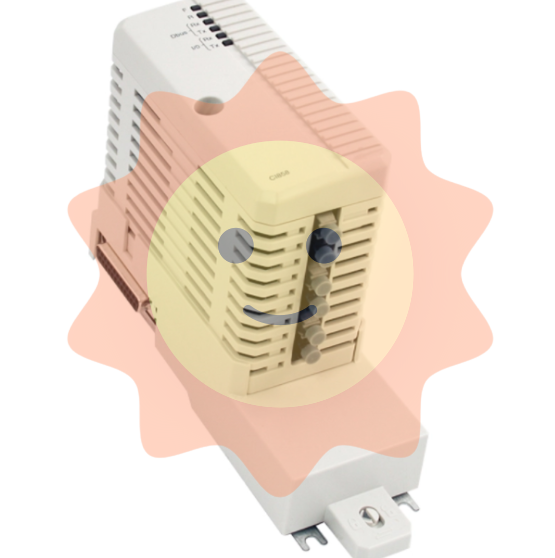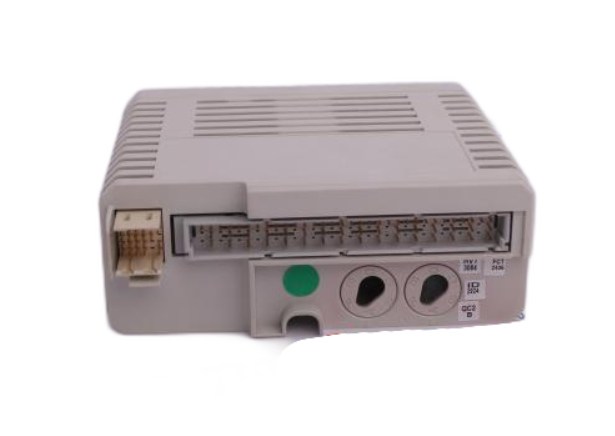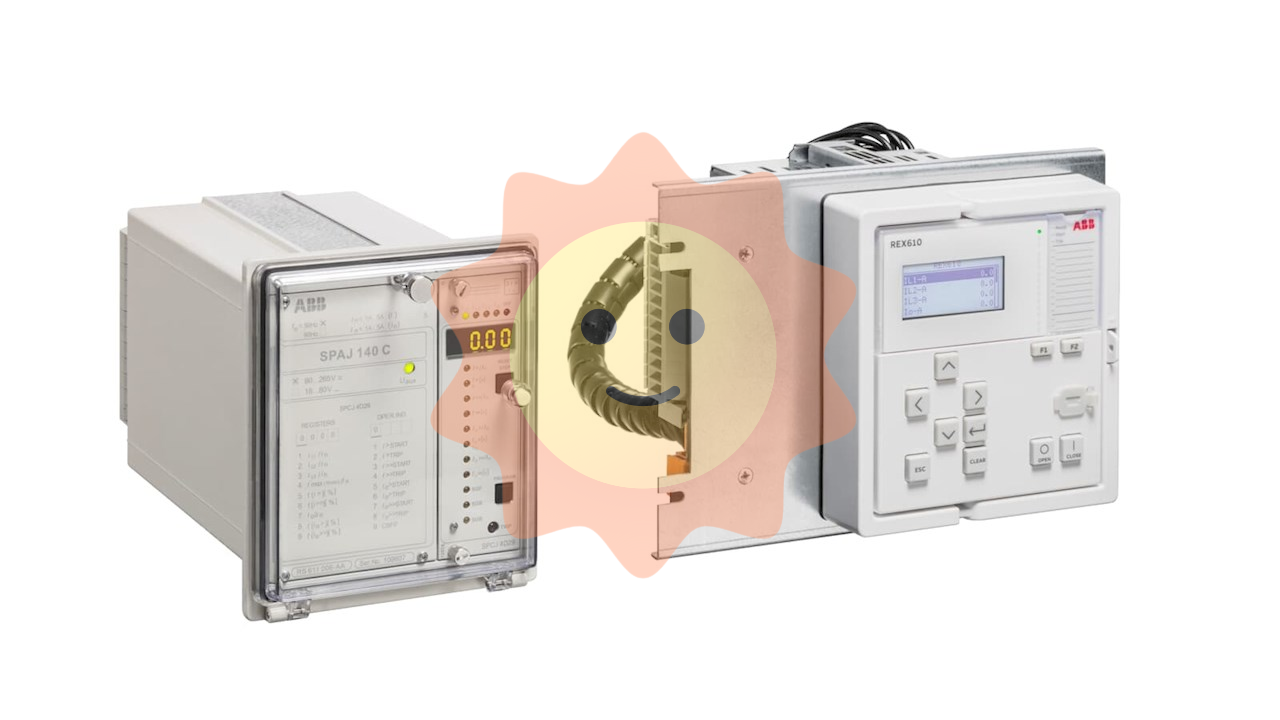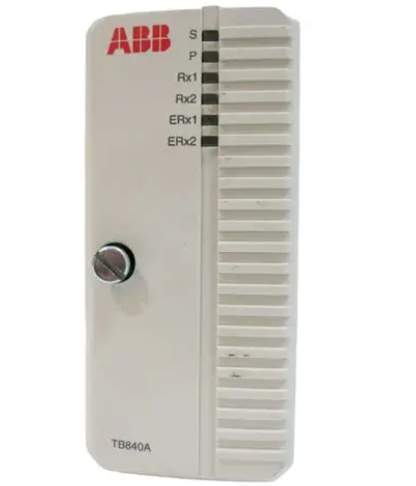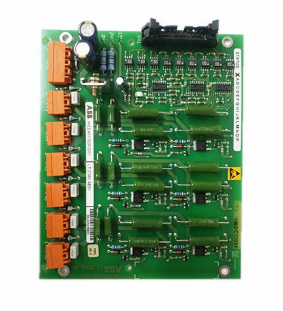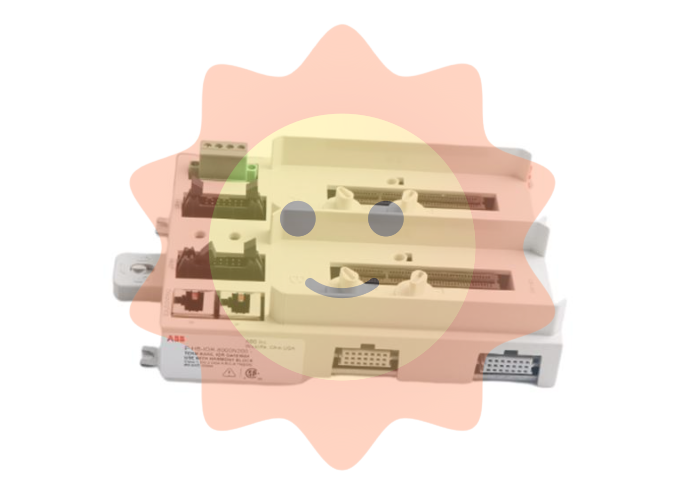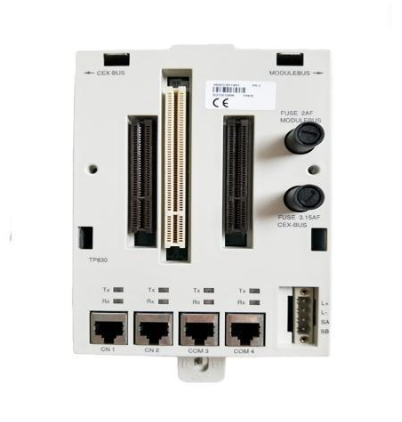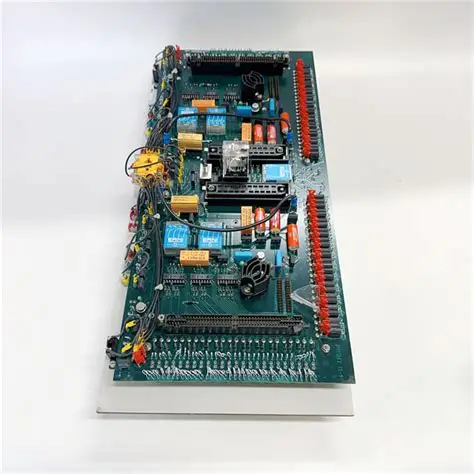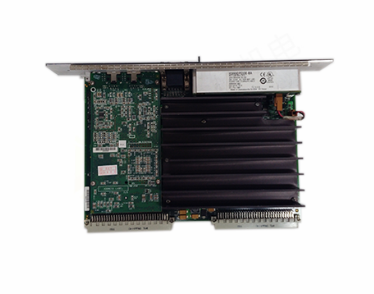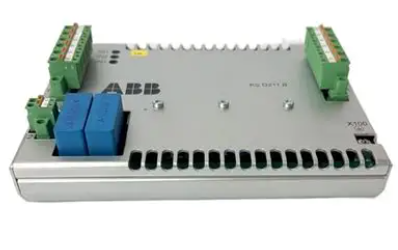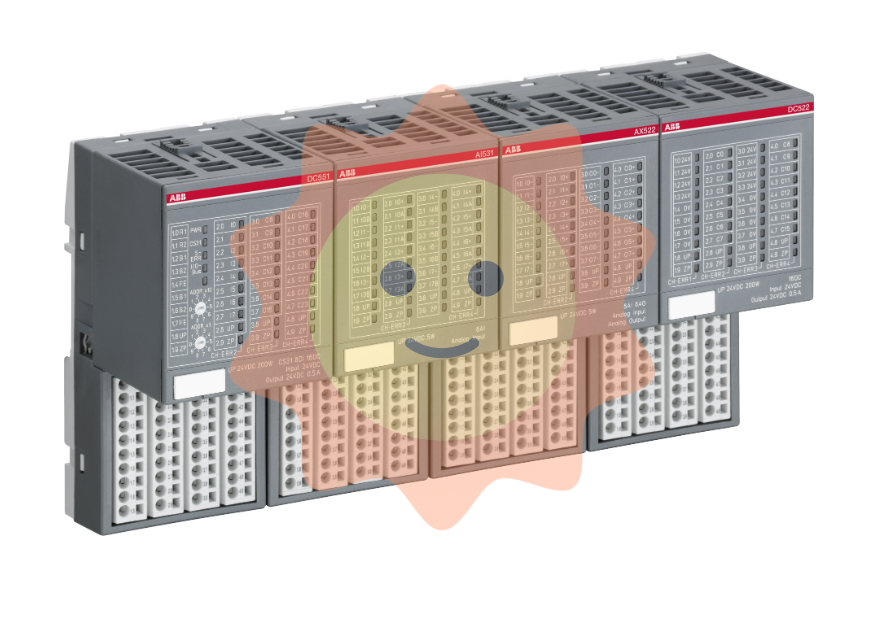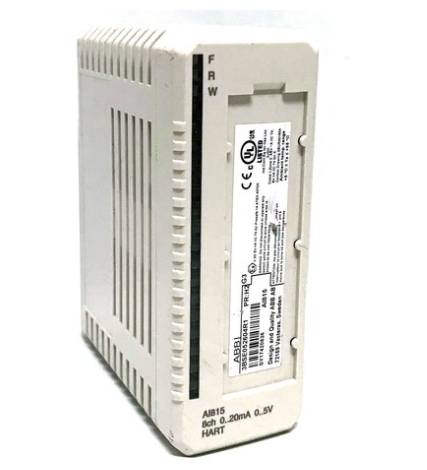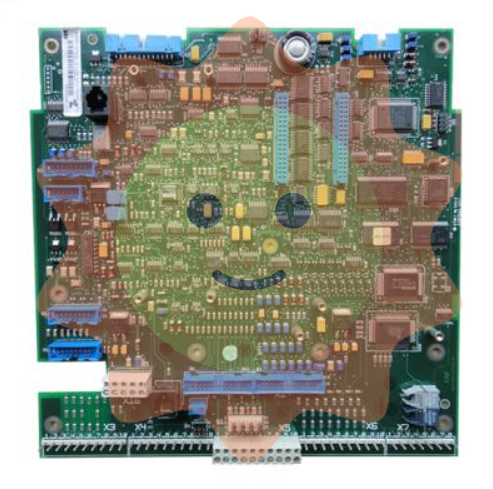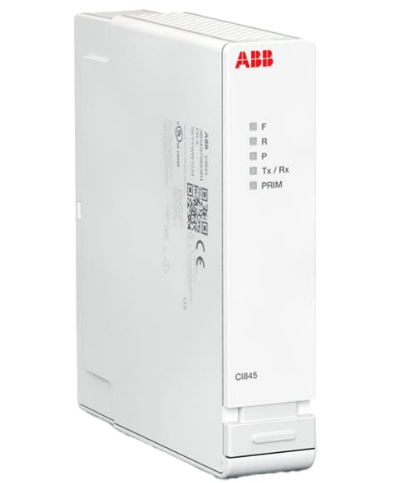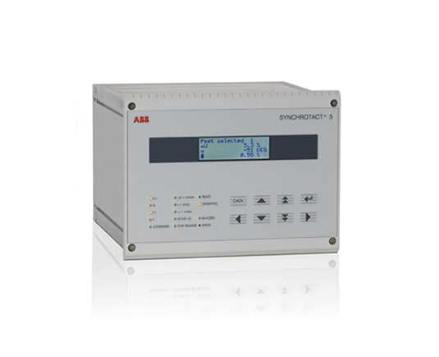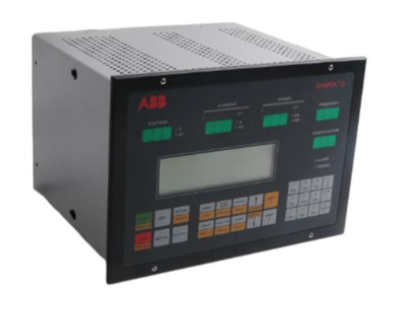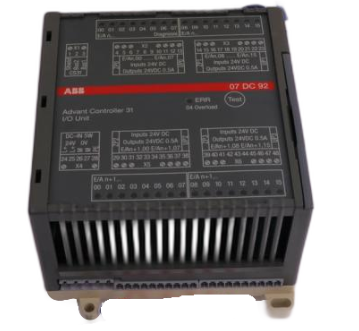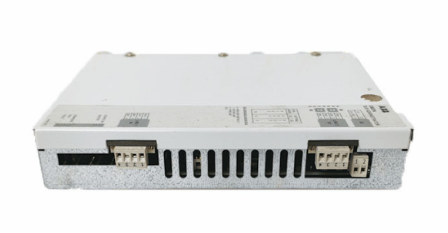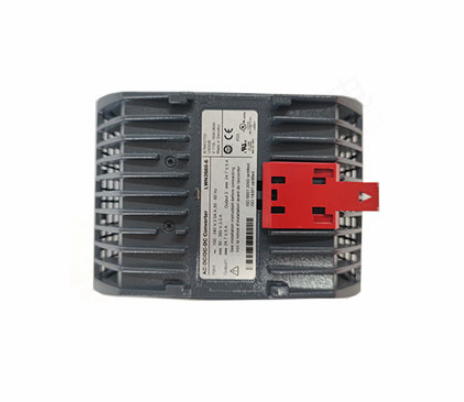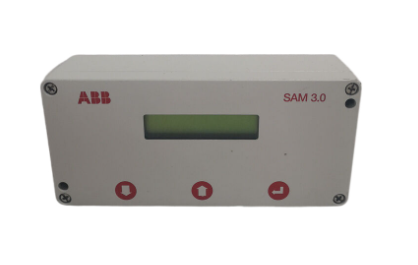Motorola FLN3566A 8 Analog Input
Motorola FLN3566A 8 Analog Input
Product Overview
Motorola FLN3566A 8 Analog Input is an analog input module designed specifically for industrial automation, data acquisition, and monitoring systems. Based on Motorola's profound technical accumulation in the fields of communication and electronics, this module aims to provide stable and accurate solutions for analog signal acquisition and processing in complex industrial environments, helping various industries improve system operation efficiency and intelligence level.
Specification parameters
Number of input channels: With 8 independent analog input channels, it can simultaneously access 8 analog signals, greatly improving the efficiency and comprehensiveness of data acquisition. For example, on the production line of a large factory, it is possible to synchronously collect analog signals from multiple sensors, such as temperature, pressure, flow rate, etc., providing sufficient data support for comprehensive monitoring of the production process.
Input signal types: Supports multiple common analog signal types, including voltage signals (such as 0-5V, 0-10V, ± 5V, ± 10V, etc.) and current signals (such as 4-20mA, 0-20mA, etc.). Users can flexibly choose the corresponding input signal mode based on the sensor output type in actual application scenarios, achieving seamless integration.
Resolution: It has high-resolution characteristics, generally up to 16 bits or higher. High resolution means that the module can more accurately convert analog signals into digital signals, capturing subtle changes in the signal. In the data collection of experimental equipment with extremely high precision requirements or in the quality inspection process of high-end manufacturing, the accuracy of the collected data can be ensured, providing reliable basis for subsequent analysis and decision-making.
Sampling rate: The sampling rate can be flexibly configured according to actual needs, usually ranging from a few Hz to several hundred Hz. In rapidly changing signal acquisition scenarios, such as motor speed monitoring, vibration signal acquisition, etc., a higher sampling rate can timely capture the dynamic changes of the signal and avoid signal distortion; In some scenarios where signal changes are relatively slow, such as environmental temperature monitoring, a lower sampling rate can reduce system resource consumption while meeting requirements.
Input impedance: Suitable input impedance for different types of input signals. For voltage input, the input impedance is usually high (such as greater than 10M Ω) to reduce the load impact on the signal source and ensure the accuracy of signal transmission; For current input, the input impedance is low (such as less than 500 Ω), which conforms to the characteristics of current signal transmission and ensures stable signal input.
Core functions
High precision analog signal acquisition: By using advanced analog-to-digital conversion technology, it is possible to perform high-precision sampling and quantization on the input analog signal. Through the built-in precision amplifier and filtering circuit, the signal is preprocessed to effectively suppress noise interference, improve signal quality, and ensure that the collected analog data accurately reflects the changes in actual physical quantities.
Signal conditioning and conversion: Based on the input signal type and user settings, the signal is automatically conditioned, such as amplification, attenuation, filtering, etc., to convert the signal into a level range suitable for internal processing of the module. At the same time, the analog signal is accurately converted into a digital signal for subsequent transmission through a communication interface to the controller or upper computer for analysis and processing.
Communication interface function: equipped with multiple standard communication interfaces, such as RS-485, RS-232, Ethernet interface, etc. Through these interfaces, FLN3566A can easily communicate with various controllers (such as PLCs, industrial computers, etc.), and quickly and stably transmit the collected analog data to the higher-level control system, achieving centralized management and remote monitoring of data.
Fault diagnosis and alarm: equipped with comprehensive fault diagnosis functions, real-time monitoring of the status of input signals and the working status of the module itself. When signal abnormalities (such as signal loss, overtravel, etc.) or module failures (such as hardware damage, communication failures, etc.) are detected, alarm signals can be generated in a timely manner to notify users through indicator lights, communication interfaces, etc., facilitating quick troubleshooting and problem-solving, and ensuring the normal operation of the system.
Working principle
Signal input and preprocessing: Analog signals are connected to the module through the input interface and first pass through the input protection circuit to prevent damage to the module caused by abnormal conditions such as overvoltage and overcurrent. Next, the signal enters the signal conditioning circuit, which amplifies, attenuates, or filters the signal according to the pre-set signal type and parameters to meet the requirements of subsequent analog-to-digital conversion.
Analog to digital conversion: The preprocessed analog signal enters the analog-to-digital converter (ADC), which converts the analog signal into the corresponding digital signal according to the set resolution and sampling rate. During the conversion process, ADC performs operations such as sampling, holding, quantization, and encoding on analog signals to convert continuous analog signals into discrete digital signals, which are stored in binary form in the module's cache area.
Data transmission and processing: The digital data in the cache area is transmitted to an external controller or upper computer through a communication interface according to the corresponding communication protocol (such as Modbus, Profibus, etc.). At the same time, the microprocessor inside the module performs preliminary processing on the collected data, such as data verification, range conversion, etc., to ensure the accuracy and completeness of the transmitted data. During the data transmission process, the module will also monitor the communication status. If any communication abnormalities are found, timely measures such as resending and alarming will be taken to ensure reliable data transmission.
Key advantages
High reliability: Using industrial grade components and rigorous manufacturing processes, the module undergoes strict quality inspection and aging testing to ensure stable operation in harsh industrial environments. The comprehensive electrical isolation and anti-interference design effectively enhance the module's resistance to adverse factors such as electromagnetic interference and power fluctuations, reduce equipment failure rates, extend equipment service life, and provide strong guarantees for applications with high reliability requirements such as industrial automation.
High precision: The high-resolution analog-to-digital conversion and precise signal conditioning circuit enable the module to achieve extremely high precision in the analog signal acquisition process, accurately reflecting the actual value of physical quantities. In industries that require high measurement accuracy, such as medical equipment testing and scientific research experiment data collection, providing reliable data support can help improve product quality and the accuracy of scientific research results.
Strong flexibility: Supports multiple types of analog signals and flexible sampling rate settings, able to adapt to diverse signal acquisition needs in different application scenarios. Rich communication interface options facilitate integration with various control systems, whether it is a small local control system or a large distributed network system, seamless integration can be easily achieved, improving the flexibility and scalability of system construction.
Precautions
Installation environment: It should be installed in a dry, well ventilated environment without strong electromagnetic interference. Avoid using in places with high temperature, humidity, dust or corrosive gases, as high temperature environments may affect the heat dissipation performance of modules and shorten the lifespan of components; Damp environment can easily cause short circuit faults; Dust and corrosive gases may corrode circuit boards and damage electronic components. The working temperature range is generally 0 ℃ -50 ℃, and the storage temperature range is -20 ℃ -80 ℃. It should be used and stored within the specified temperature range as much as possible.
Wiring operation: When connecting input signal cables, it is necessary to ensure that the signal type is consistent with the module settings, and to wire according to the correct polarity and interface definition to avoid signal transmission errors or module damage caused by misconnection. For current signal input, attention should be paid to the selection of cable diameter to ensure that the current loss during signal transmission is within an acceptable range. At the same time, grounding measures should be taken to reliably ground the grounding terminal of the module, in order to improve anti-interference ability and safety.
Daily maintenance: Regularly check the working status indicator lights of the module to see if there are any abnormal alarm messages. Monitor the communication status of the monitoring module and the accuracy of data collection. If any data abnormalities or communication interruptions are found, promptly investigate the cause of the malfunction. Regularly clean the surface dust of the module to prevent dust accumulation from affecting heat dissipation and normal operation. For modules that are used for a long time, it is recommended to conduct comprehensive performance testing and calibration at regular intervals to ensure that their performance is always at its best.
Application scenarios
Industrial automation production line: used in the process of industrial automation production to collect analog signals from various sensors, such as temperature sensors, pressure sensors, flow sensors, etc. By real-time collection and analysis of these signals, precise control and monitoring of the production process can be achieved, abnormal situations in production can be detected in a timely manner, production parameters can be adjusted, and production efficiency and product quality can be improved. For example, on the automobile manufacturing production line, real-time monitoring of welding robots' analog signals such as welding current and voltage can be carried out to ensure the stability of welding quality.
Energy monitoring and management system: applied in the energy fields of electricity, oil, natural gas, etc., it is used to monitor various simulated parameters in the process of energy production, transmission, and distribution, such as voltage, current, power factor in the power system, pressure, flow rate in oil pipelines, etc. By collecting and analyzing these data, energy optimization scheduling and management can be achieved, energy utilization efficiency can be improved, energy loss can be reduced, and the safe and stable operation of the energy system can be guaranteed.
Environmental monitoring field: In environmental monitoring systems, it is used to collect various analog data in the environment, such as gas concentration signals of sulfur dioxide, nitrogen oxides, etc. in air quality monitoring, and parameter signals of acidity, alkalinity, dissolved oxygen, etc. in water quality monitoring. By real-time collection and transmission of these data, accurate environmental data is provided to the environmental monitoring department, helping them to timely grasp the environmental conditions and take corresponding environmental protection measures.
- EMERSON
- Honeywell
- CTI
- Rolls-Royce
- General Electric
- Woodward
- Yaskawa
- xYCOM
- Motorola
- Siemens
- Rockwell
- ABB
- B&R
- HIMA
- Construction site
- electricity
- Automobile market
- PLC
- DCS
- Motor drivers
- VSD
- Implications
- cement
- CO2
- CEM
- methane
- Artificial intelligence
- Titanic
- Solar energy
- Hydrogen fuel cell
- Hydrogen and fuel cells
- Hydrogen and oxygen fuel cells
- tyre
- Chemical fiber
- dynamo
- corpuscle
- Pulp and paper
- printing
- fossil
- FANUC
- Food and beverage
- Life science
- Sewage treatment
- Personal care
- electricity
- boats
- infrastructure
- Automobile industry
- metallurgy
- Nuclear power generation
- Geothermal power generation
- Water and wastewater
- Infrastructure construction
- Mine hazard
- steel
- papermaking
- Natural gas industry
- Infrastructure construction
- Power and energy
- Rubber and plastic
- Renewable energy
- pharmacy
- mining
- Plastic industry
- Schneider
- Kongsberg
- NI
- Wind energy
- International petroleum
- International new energy network
- gas
- WATLOW
- ProSoft
- SEW
- wind
- ADVANCED
- Reliance
- YOKOGAWA
- TRICONEX
- FOXBORO
- METSO
- MAN
- Advantest
- ADVANCED
- ALSTOM
- Control Wave
- AB
- AMAT
- STUDER
- KONGSBERG
- MOTOROLA
- DANAHER MOTION
- Bently
- Galil
- EATON
- MOLEX
- Triconex
- DEIF
- B&W
- ZYGO
- Aerotech
- DANFOSS
- KOLLMORGEN
- Beijer
- Endress+Hauser
- MOOG
- KB
- Moxa
- Rexroth


Email:wang@kongjiangauto.com






























































